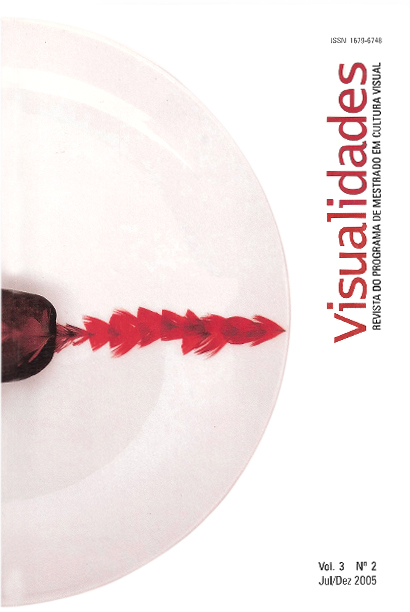Art education serves the community: an historic view of African and the Diaspora - DOI 10.5216/vis.v3i2.17969
DOI:
https://doi.org/10.5216/vis.v3i2.17969Abstract
This paper will look at art education as an active intervention in community cultural development by looking briefly at past and present uses of African art as vehicles for maintaining social control, developing historical concepts, and disseminating educational values. We will first discuss some examples of African art objects in traditional societies as tools for social control, historic memory and education and then discuss how similar concepts are manifest in contemporary urban societies by looking a more contemporary example in the form of a phenomenon called set-setal, a movement that took place in Senegal between the years of 1989 and 1992.
Key-words: community, art education, african art.
Downloads
Downloads
Published
How to Cite
Issue
Section
License

This work is licensed under a Creative Commons Attribution 4.0 International License .
Authors who publish in this journal agree to the following terms:
a. Authors retain the copyright and grant the journal the right of first publication, with the work simultaneously licensed under the Creative Commons Attribution 4.0 License which allows the sharing of work with acknowledgment of authorship and initial publication in this journal.
b. Authors are authorized to take additional contracts separately, for non-exclusive distribution of the version of the work published in this journal (eg publish in institutional repository or as a book chapter), with acknowledgment of authorship and initial publication in this journal.
c. Authors are allowed to publish and distribute their work online (eg in institutional repositories or on their personal page) after the initial publication in this journal, as this can generate productive changes, as well as increase the impact and citation of the published work ( See The Effect of Free Access).
Every effort has been made to identify and credit the rights holders of the published images. If you have rights to any of these images and have not been correctly identified, please contact the Visuals magazine and we will publish the correction in one of the next issues.






